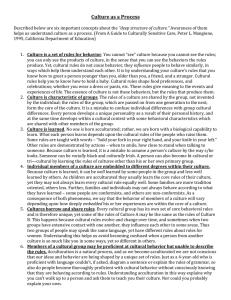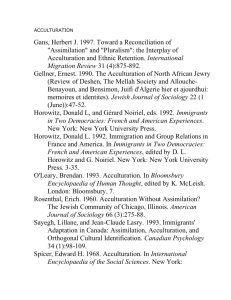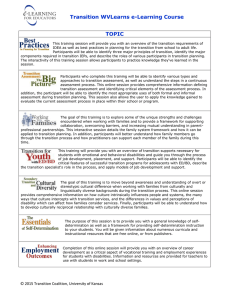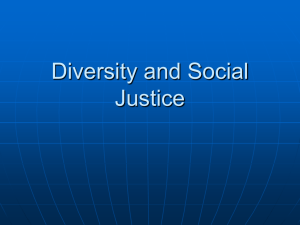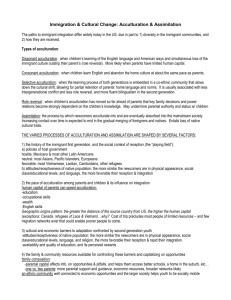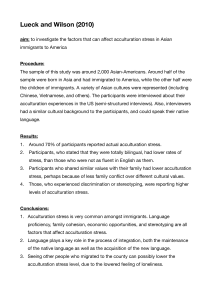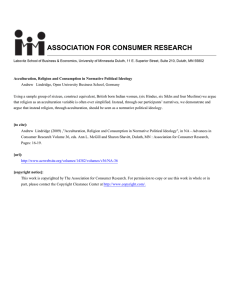There is a significant amount of information and literature available
advertisement
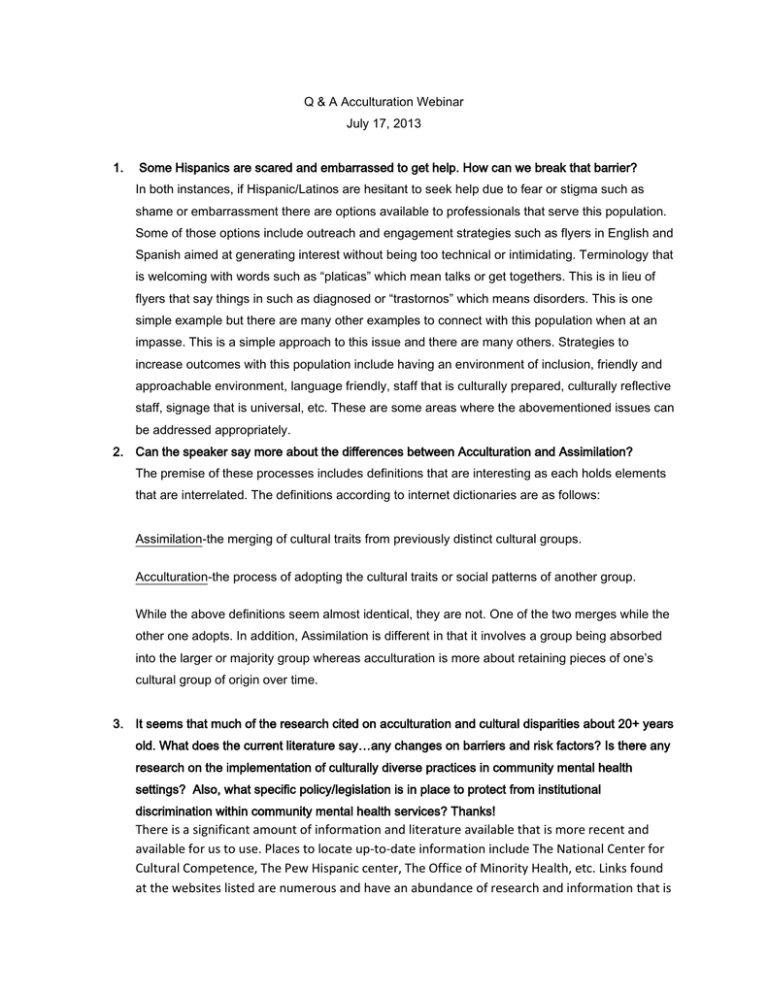
Q & A Acculturation Webinar July 17, 2013 1. Some Hispanics are scared and embarrassed to get help. How can we break that barrier? In both instances, if Hispanic/Latinos are hesitant to seek help due to fear or stigma such as shame or embarrassment there are options available to professionals that serve this population. Some of those options include outreach and engagement strategies such as flyers in English and Spanish aimed at generating interest without being too technical or intimidating. Terminology that is welcoming with words such as “platicas” which mean talks or get togethers. This is in lieu of flyers that say things in such as diagnosed or “trastornos” which means disorders. This is one simple example but there are many other examples to connect with this population when at an impasse. This is a simple approach to this issue and there are many others. Strategies to increase outcomes with this population include having an environment of inclusion, friendly and approachable environment, language friendly, staff that is culturally prepared, culturally reflective staff, signage that is universal, etc. These are some areas where the abovementioned issues can be addressed appropriately. 2. Can the speaker say more about the differences between Acculturation and Assimilation? The premise of these processes includes definitions that are interesting as each holds elements that are interrelated. The definitions according to internet dictionaries are as follows: Assimilation-the merging of cultural traits from previously distinct cultural groups. Acculturation-the process of adopting the cultural traits or social patterns of another group. While the above definitions seem almost identical, they are not. One of the two merges while the other one adopts. In addition, Assimilation is different in that it involves a group being absorbed into the larger or majority group whereas acculturation is more about retaining pieces of one’s cultural group of origin over time. 3. It seems that much of the research cited on acculturation and cultural disparities about 20+ years old. What does the current literature say…any changes on barriers and risk factors? Is there any research on the implementation of culturally diverse practices in community mental health settings? Also, what specific policy/legislation is in place to protect from institutional discrimination within community mental health services? Thanks! There is a significant amount of information and literature available that is more recent and available for us to use. Places to locate up-to-date information include The National Center for Cultural Competence, The Pew Hispanic center, The Office of Minority Health, etc. Links found at the websites listed are numerous and have an abundance of research and information that is recent. The literature builds upon the information from years ago where Hispanics and Latinos were identified but the diversity within the group was not as pronounced. Therefore, the nuances were not as focused upon. Trends show that some groups are still growing in massive numbers but that groups such as the Central American population is growing in such a significant manner that systems are mobilizing to meet their needs as states that were not typically places where immigration was a factor, now find themselves having to mobilize to meet the ever-changing needs of this group. Systems are seeing the value of resources such as the Culturally & Linguistically Appropriate Services (CLAS) Standards that were developed by the Office of Minority Health (OMH) in 2000 and were enhanced and updated in 2013. In terms of legislation, many systems and organizations are mobilizing to follow such guidelines as CLAS Standards provide including the development and implementation of diversity plans.
